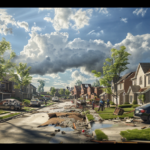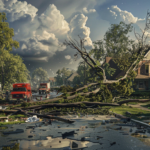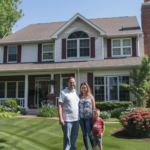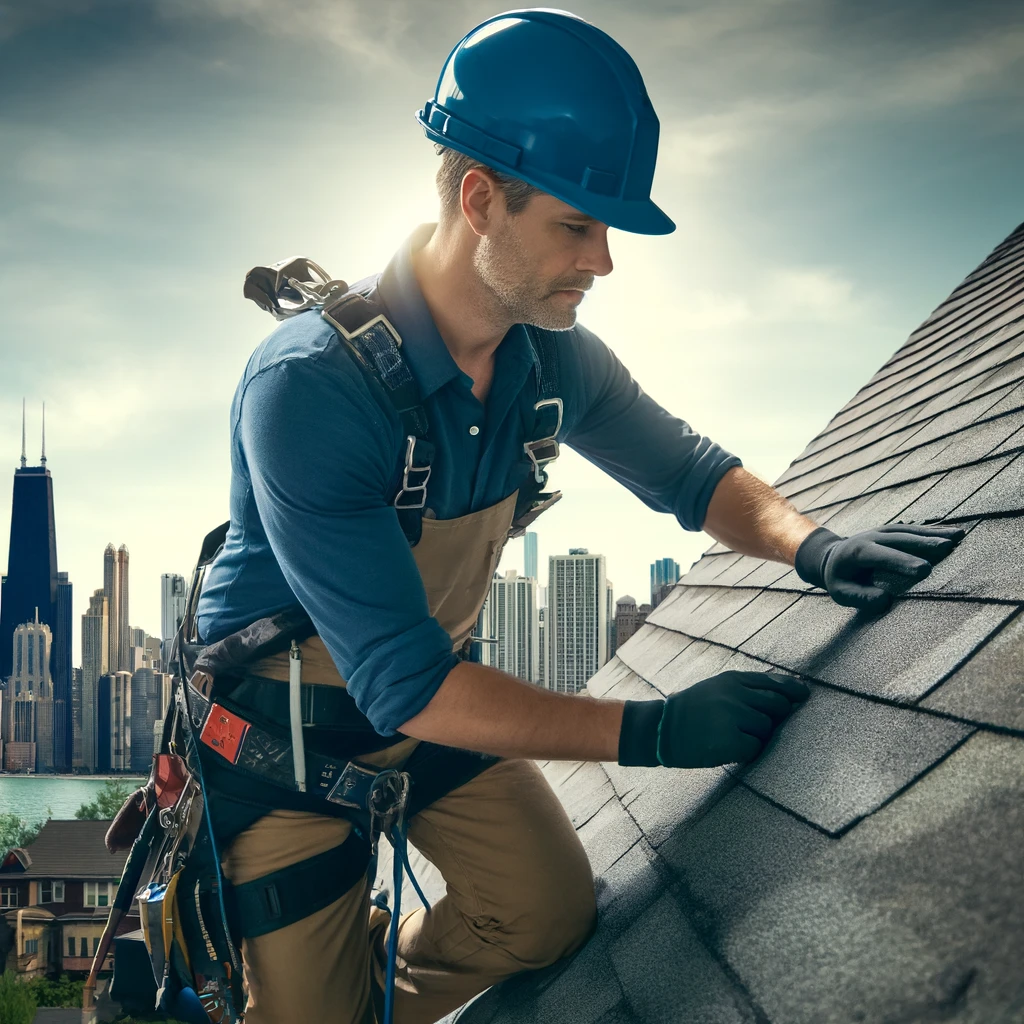Understanding the Timeline for Roof Restoration After an Insurance Claim
When a storm or other disaster damages your roof, knowing the timeline for restoration can help manage your expectations and prepare accordingly. Here’s a detailed look at what policyholders should expect during the roof restoration process.
Initial Damage Assessment (1-7 Days)
The first step after incurring roof damage is to contact your insurance company to file a claim. An insurance adjuster will be dispatched to your property to assess the damage. This visit typically occurs within a week of the claim being filed, depending on the adjuster’s schedule and the severity of the storm’s impact on the area.
Claim Approval and Paperwork (1-3 Weeks)
Once the adjuster assesses the damage, your claim will need to be reviewed and approved—a process that can take anywhere from a few days to several weeks. During this period, it’s crucial to obtain a copy of the adjuster’s report, review your coverage, and understand the payout terms.
Contractor Bidding and Selection (1-2 Weeks)
After claim approval, the next step is to select a contractor. It’s advisable to obtain multiple bids to ensure you are getting the best service at a fair price. Make sure the contractors are licensed, insured, and well-versed in local building codes, which dictate the standards for construction materials and workmanship.
Roof Repair or Replacement (2-8 Weeks)
The duration of the repair work can vary significantly based on the extent of damage, contractor availability, and weather conditions. Minor repairs might take a few days, whereas a full roof replacement could require up to two months, especially if there are issues with material availability or if the work occurs during peak demand seasons.
Final Inspection and Insurance Adjustments (1-2 Weeks)
Once the contractor finishes the repair or replacement, a final inspection is necessary to ensure the work complies with local building codes and insurance standards. Any necessary adjustments or additional repairs should be addressed at this stage to ensure the integrity of the roofing system.
Additional Considerations:
- Weather Delays: Adverse weather can delay assessment and repair times.
- Local Building Codes: Compliance with local codes such as the International Residential Code (IRC) affects materials and methods used in roof repairs and replacements.
- Insurance Policy Details: Understanding the specifics of your insurance policy, such as coverage limits and deductibles, is crucial for a smooth claims process.
Conclusion:
Navigating the roof restoration process requires understanding the steps involved from damage assessment to the final inspection. Being proactive, knowing your insurance policy details, and choosing qualified contractors can greatly influence the efficiency and quality of the restoration.
For immediate service or consultation, you may contact us at Allied Emergency Services, INC.
Contact Information:
Phone: 1-800-792-0212
Email: Info@AlliedEmergencyServices.com
Location: Serving Illinois, Wisconsin, and Indiana with a focus on the greater Chicago area.
If you require immediate assistance or have specific questions, our human support is readily available to help you.
Disclaimer: This article is intended for informational purposes only. For professional advice, consult experts in the field.





![How Much Does a New Roof Cost in Illinois? [2024 Pricing Guide]](https://www.news.alliedemergencyservices.com/wp-content/uploads/2024/05/DALL·E-2024-05-07-15.14.25-A-professional-roofing-contractor-inspecting-a-roof-in-the-foreground-of-a-picturesque-suburban-neighborhood-in-Illinois.-The-contractor-is-wearing-a--150x150.webp)




